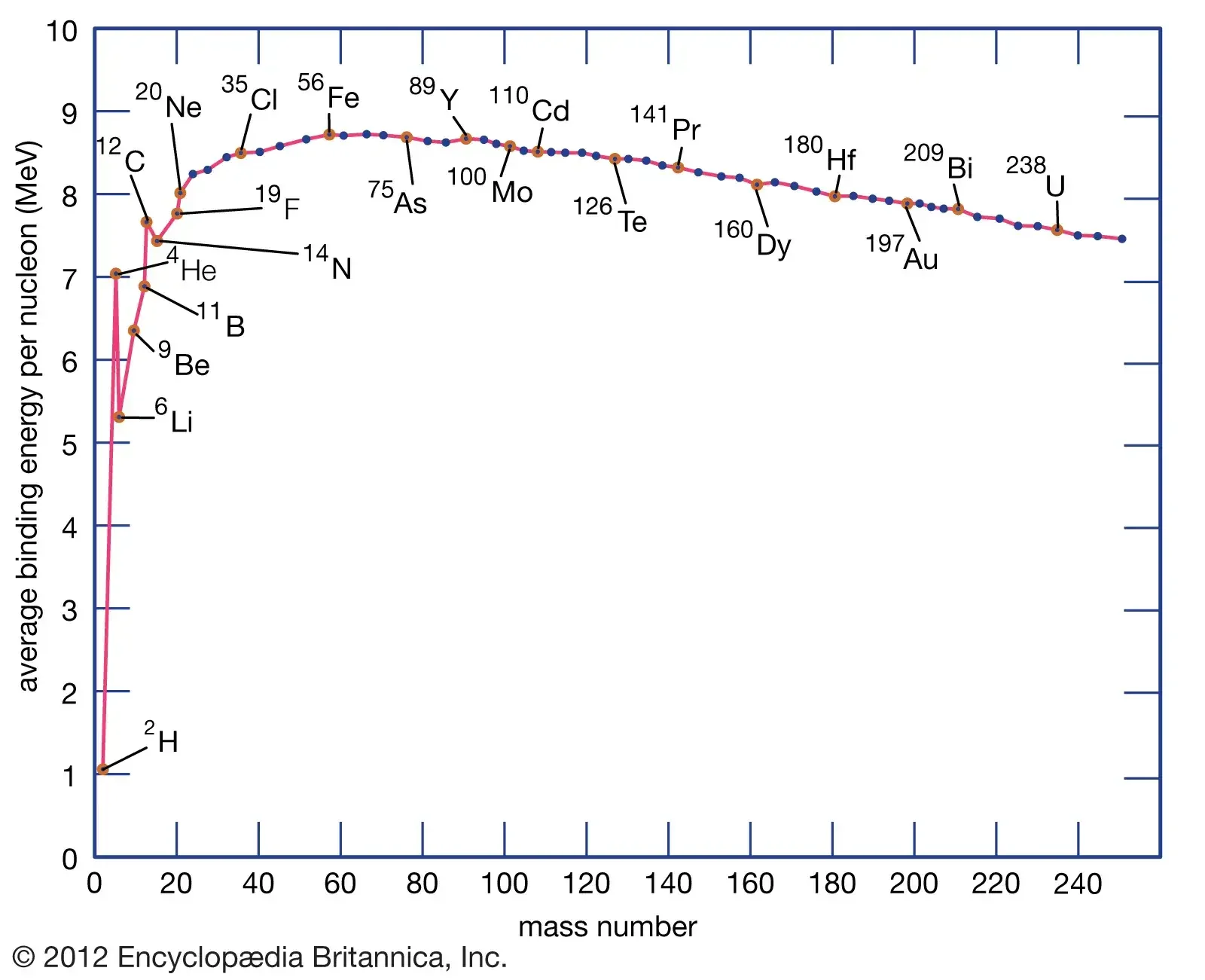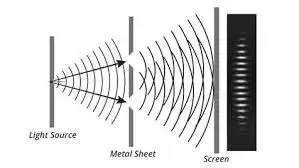Section 2
Terminal Velocity: Why Falling Objects Reach a Constant Speed:
When objects fall through a fluid like air, they initially accelerate due to gravity. However, as their velocity increases, so does the upward drag force (air resistance), which opposes the downward gravitational force. Eventually, these forces balance exactly (Fg=FdFg=Fd), resulting in zero net force and no further acceleration. At this point, the object continues falling at a constant maximum speed known as terminal velocity. This velocity depends on the object’s mass, cross-sectional area, and drag coefficient—explaining why a parachute slows a skydiver while a hailstone falls faster. The phenomenon demonstrates Newton’s first law of motion in action, where balanced forces lead to constant velocity.
Projectile Motion: How Launch Angle Affects Range:
Projectile motion is a fundamental concept in physics where an object moves under the influence of gravity alone, following a parabolic trajectory. The motion can be analyzed by separating it into independent horizontal and vertical components: horizontal velocity remains constant, while vertical velocity changes due to gravitational acceleration (9.8 m/s² downward). The range (horizontal distance traveled) depends on the launch angle and initial velocity, with the maximum range achieved at a 45° launch angle. This occurs because the sine function in the range equation R=(v02sin(2θ))/gR=(v02sin(2θ))/g is maximized when 2θ=90∘2θ=90∘, making θ=45∘θ=45∘ the optimal angle for balancing horizontal and vertical velocity components.
How a Washing Machine Uses Centrifugal Force to Dry Clothes:
This animation demonstrates the physics behind a washing machine’s spin cycle. Water initially clings to fabrics due to adhesion, a molecular attraction force. When the drum rotates at high speed, it creates a powerful outward centrifugal force (F = mω²r). Once this centrifugal force exceeds the adhesive force holding the water to the material, the water droplets are pulled away. They are then flung through the small holes in the drum, effectively removing moisture and leaving the clothes dry.
How Airbags Save Lives: The Physics of Impulse and Force:
Airbags dramatically reduce injury by increasing impact time during a collision. The animation shows that without an airbag, a driver’s head hits the steering wheel in just 0.05 seconds, experiencing a dangerous 18,000 N force. With an airbag, the stopping time extends to 0.20 seconds, reducing the force to a safer 4,500 N. This demonstrates the impulse-momentum theorem: for the same change in momentum (ΔpΔp), a longer time interval (ΔtΔt) means a smaller average force (FavgFavg) . By deploying explosively in milliseconds, airbags make crashes more survivable .
The Physics of a Bouncing Ball: Energy Transformation and Loss:
When a ball is dropped, its gravitational potential energy converts to kinetic energy as it falls. Upon impact, some kinetic energy is lost as heat and sound due to the inelastic collision with the ground . The ball’s coefficient of restitution determines how much energy is preserved for the rebound . Each successive bounce reaches a lower height as energy dissipates through these processes . The animation visually demonstrates how energy transforms between potential and kinetic forms while gradually decreasing due to these losses . This illustrates the conservation of energy with dissipative forces in action.

Understanding Nuclear Fission: Splitting Atoms to Release Energy:
Nuclear fission occurs when a heavy atomic nucleus, such as uranium-235, absorbs a neutron and becomes unstable, splitting into two lighter nuclei . This process releases a significant amount of energy, along with additional neutrons and radioactive products . The emitted neutrons can then induce fission in nearby uranium atoms, potentially creating a self-sustaining chain reaction . The energy released stems from the conversion of mass into energy, as described by E=mc2E=mc2, due to the greater stability of the resulting medium-mass nuclei . This principle underpins both nuclear power generation and nuclear weapons .
Earth’s Magnetosphere: Our Planet’s Protective Shield:
Earth’s magnetic field creates an invisible protective bubble called the magnetosphere that surrounds our planet . This shield deflects most charged particles from the solar wind—a constant stream of radiation emitted by the Sun . When these energetic particles encounter Earth’s magnetic field, they are redirected around our planet by electromagnetic forces . Some particles become trapped and funnel toward the poles, creating auroras . Without this protective magnetosphere, solar radiation would gradually strip away our atmosphere and make life on Earth impossible .

Unveiling Quantum Reality: The Double-Slit Experiment:
The double-slit experiment demonstrates that photons exhibit wave-particle duality, behaving as discrete particles when emitted or detected but as waves when propagating through space . When photons pass through two slits, their wave-like nature causes interference patterns on the detection screen, akin to overlapping ripples in water . This interference emerges from the mathematical superposition of quantum states, where photons exist in multiple possibilities simultaneously until measured . Crucially, the act of observation collapses this superposition, destroying the pattern and revealing particle-like behavior . Thus, quantum objects are neither purely particles nor waves but entities whose behavior depends on context and measurement .
The Lever Principle: Mechanical Advantage Through Force and Distance:
The lever demonstrates how a small input force can lift a heavy load by leveraging distance from a fulcrum. Work input equals work output (Fin⋅din=Fout⋅doutFin⋅din=Fout⋅dout), meaning force multiplies over distance. With a 2:1 arm ratio, half the force lifts double the weight. This trade-off conserves energy while achieving mechanical advantage, making levers fundamental tools in physics .
The Science Behind Rainbow Formation:
Rainbows form when sunlight enters spherical water droplets in the atmosphere. As white light penetrates a droplet, it refracts (bends), separating into its constituent colors—a process called dispersion due to differing wavelengths . The light then reflects internally off the inner surface of the droplet, with the critical angle (~42° for water) ensuring total internal reflection. Upon exiting, the light refracts again, further spreading the colors. The resulting rainbow displays colors in reverse order (red outermost, violet innermost) because light paths cross inside the droplet, aligning with the animation’s depiction of refraction, reflection, and dispersion .
How Polarized Sunglasses Block Glare:
Polarized sunglasses work by selectively filtering light waves based on their orientation. Unpolarized light from the sun vibrates in all directions, but when it reflects off horizontal surfaces like water or roads, it becomes horizontally polarized, creating intense glare . The sunglasses contain special filters with microscopic vertical stripes that block these horizontally oscillating light waves . Meanwhile, vertically polarized light passes through, reducing glare while maintaining visibility . This selective absorption allows wearers to see clearly without blinding reflections, enhancing visual comfort and safety during activities like driving or fishing .
Understanding Damped Harmonic Motion in a Pendulum:
This animation demonstrates how a pendulum exhibits damped harmonic motion, where its oscillations gradually decrease due to energy dissipation from air resistance and friction at the pivot point . For small angles (<15°), the period remains nearly constant—a key property that made pendulums essential in timekeeping . Though the amplitude decreases over time, the pendulum’s rhythmic swing showcases the balance of forces and energy loss in real-world systems .
How Faraday Cages Shield Against Lightning:
A Faraday cage is a conductive enclosure that protects its contents from external electric fields, like those in lightning strikes. When lightning hits, the cage’s structure causes electrons to rapidly redistribute along its outer surface . This creates opposing electric fields that cancel out any net field inside the enclosure—a principle described by Gauss’s law . Consequently, the interior experiences no electric current, keeping people or equipment safe. Essentially, the cage acts as a shield that directs dangerous currents around rather than through protected spaces. This phenomenon explains why vehicles or buildings with metallic frameworks often survive lightning strikes unharmed.
Microwave Standing Waves and Chocolate Melting Patterns:
Microwave ovens generate electromagnetic waves that reflect off the cavity walls, forming standing waves with fixed nodes (minimal energy) and antinodes (maximal energy) . At antinodes, the electric field intensity peaks, causing concentrated heat absorption . Chocolate melts preferentially at these antinodes due to selective energy deposition, creating characteristic melting spots . The animation visualizes how cavity boundaries shape these wave patterns and why rotating platforms are used to distribute heat evenly in modern microwaves. This demonstrates core physics concepts like wave interference and energy conservation .